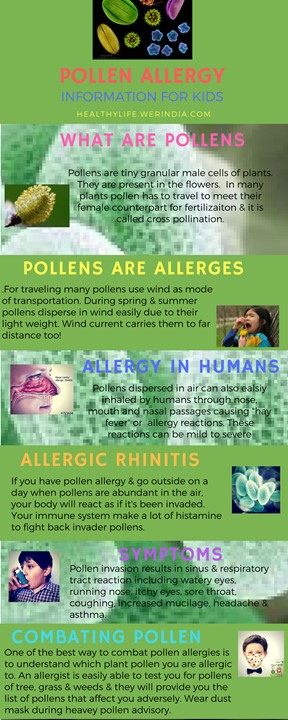“The biggest obstacle in our lives are the one that mind creates”
Every opportunity that we get in our one life can take us towards our goal. One opportunity that we get can make a difference between an extraordinary life and mediocre one.
We all get many opportunities life, we miss some and can take some. Sometimes it depends on the circumstances in our life to pick or not to pick an opportunity. Most times we hesitate to take advantage of an opportunity that is staring at us.
What we always don’t think or realize is – we all have one life and if we miss opportunities then we may not get another one. Yes, it is hard to make decisions that can change our lives for better as we don’t know where it takes us. However, if we don’t pick an opportunity we may regret for not taking a decision.
How to prepare to exploit opportunities?
1. Look for an opportunity: Opportunities don’t last forever. When there is one, take steps to make sure you don’t miss out on something that can change your life for good. Or at least give it a try and see how you feel.
2. Saying yes often: When opportunities come around say yes and give it a try. When you get a chance to exhibit your talent grab it. Give it a try, negotiate & if you don’t like the experience you can always look for something else. It is not easy, but who knows – you may achieve success!
Instead of sitting and worrying on day to day to life – if you get an opportunity to travel and if you can afford why not? You may not get a chance to travel again to same place. Explore new places, try new things & find your inner peace!
3. Try new things: Be open to new ideas and be open to it. It is like trying new food. You may initially hesitate but once you know how good the food and what benefit you get then you won’t hesitate to try it again.
4. Risk and opportunity: Always remember – opportunities and risk always go hand in hand, they go together. The best opportunity is always the riskiest one. Starting a business is not everyone’s cup of tea. But if you have insight, goal and hardworking and, if an opportunity is waiting for you then take some risk in your life. It is a combination of risk and opportunity where, don’t forget money is also involved. We have examples of people opted for such risks and made it a success in life.
5. Meet and talk to people: Develop a friendly attitude that boosts your people circle. When you develop your network, it gives exposure to more and more opportunities. When you talk to people they may share their vision, ideas or may become your guide/mentor for a successful and happy life.
6. Don’t be afraid and don’t hesitate: Opportunities don’t come often in your way. One need to be very fast to grab it before it goes to someone else. Discuss with your friends, partners, family members and decide. Don’t forget that there are other people who wait for ‘that kind of opportunity’ and you may lose out.
7. A positive attitude helps: Don’t imagine negative or setbacks before you proceed. If so, you won’t be able to take risk and go nowhere in life. Success often depends on positive attitude and energy with which you can win heart of many people. Positive attitude gives confidence to you as well as to the people (in you) who provide opportunity for you!
8. Focusing and sticking to goal: When you are not focused, or don’t know what is your focus in life, then you will not recognize the opportunity in your hand. Understand what you want to do in life and take it to that direction. If you know your goal, then stick to it. Focus, determination and sticking to the goal always will give more opportunities and, you will feel that opportunities are created for you when you start seeing them in many numbers. If you know what you want out of life, your mind will focus in on that and be on the lookout when an opportunity arises.
Don’t be passive in life. Be creative and curious that helps you to understand the opportunities of life for better. Don’t be afraid to make mistakes in life. Getting scared to do anything is a step to failure in life. Remember by doing mistakes one will learn and gain experience. Whether it is right or wrong, looking for an opportunity and exploring new things in life helps you to grow and be a better person. Opportunity comes for prepared mind as it can recognize it.
.
Reference: www.werindia.com
.










